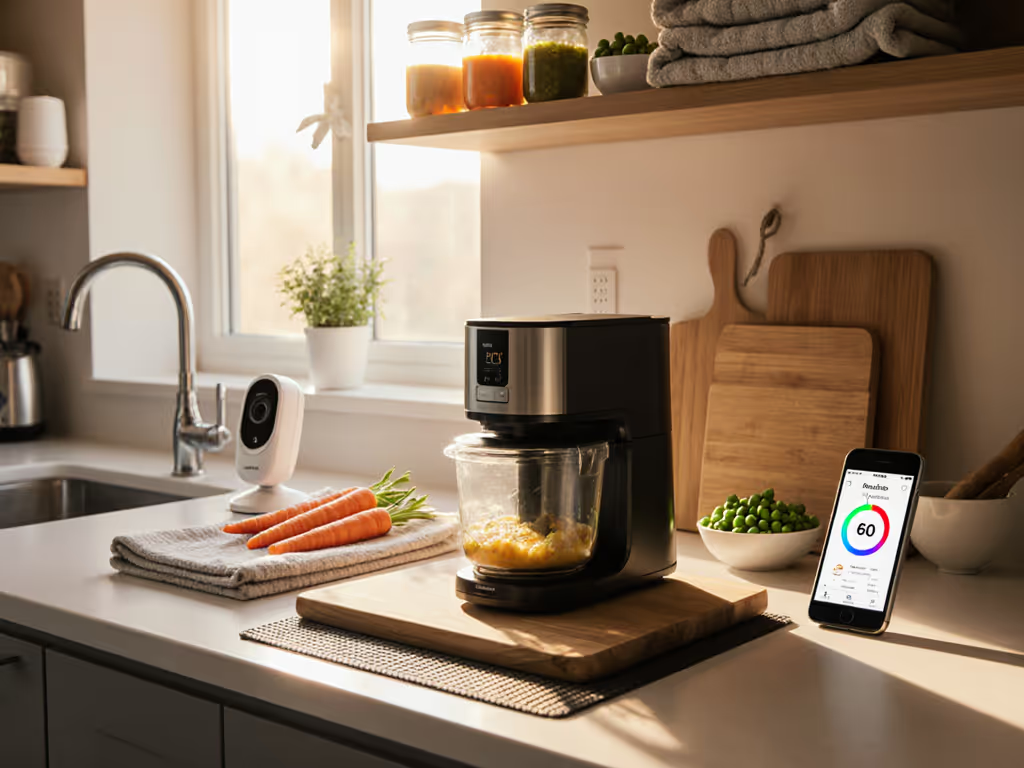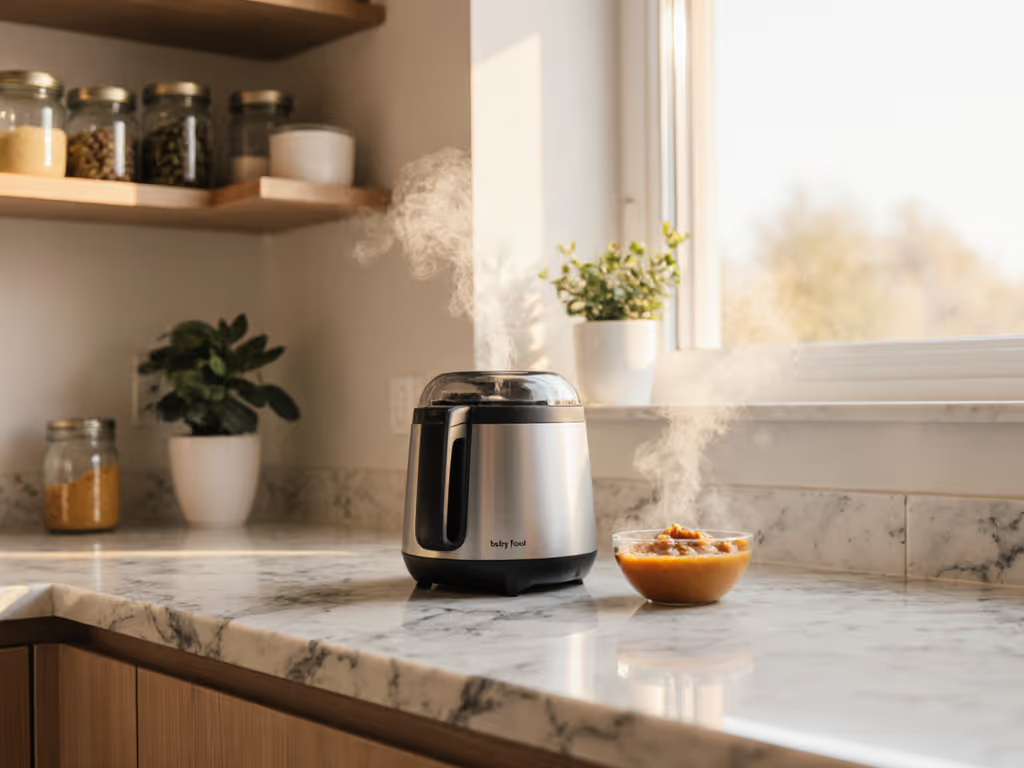
Store-Bought to Homemade Baby Food: Safe Transition Guide
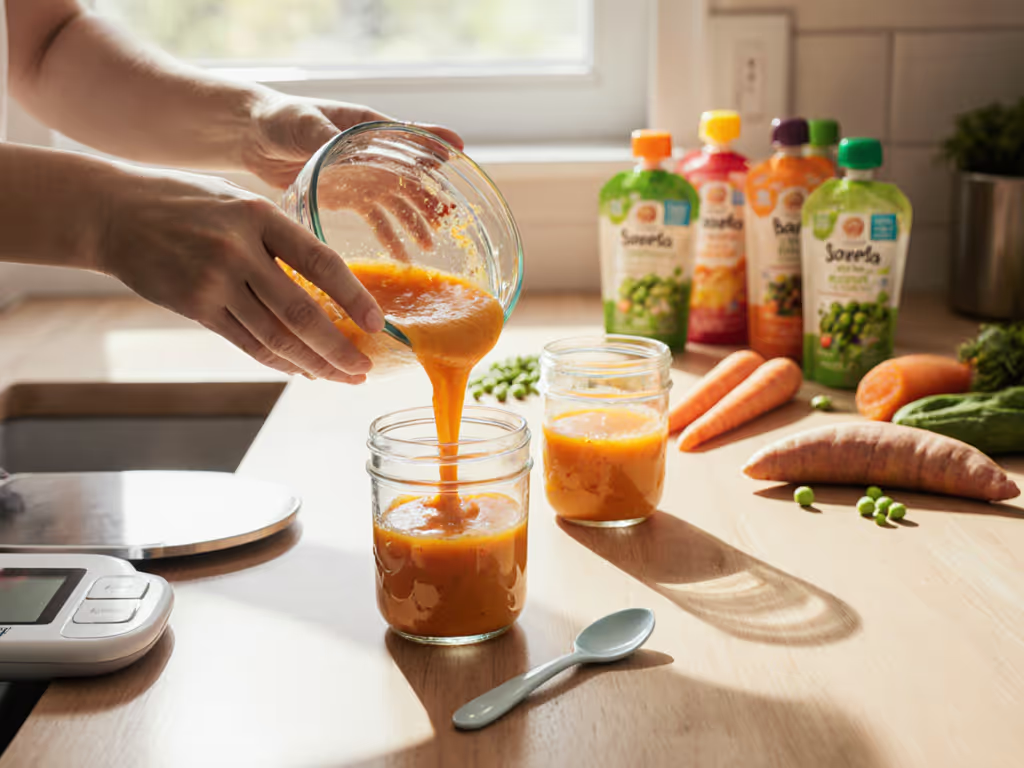
As a parent navigating the tight quarters of a 400-square-foot studio, I know the paralyzing mental load of store-bought to homemade baby food decisions. Counter space is non-negotiable real estate, and nap protection is non-negotiable for sanity. But with research showing 94% of both store-bought and homemade purees contain detectable heavy metals, the real question isn’t which is better, it’s how to transition safely without turning your galley kitchen into a toxic stress zone. Let’s cut through the noise with price-to-performance math that prioritizes safety, space, and sleep preservation.
Why "Homemade Is Always Healthier" Is a Dangerous Myth
Recent data from Healthy Babies Bright Futures (HBBF) confirms what many tiny-kitchen parents suspect: comparing nutritional value alone won’t protect your baby. Their 2023 study found nearly identical heavy metal contamination levels across both homemade purees and store-bought options. Rice-based products (like cereal or teething biscuits) topped contamination charts regardless of origin, while bananas, butternut squash, and meats ranked safest. Crucially, introducing variety in baby diet, swapping ingredients daily, is the only proven way to minimize exposure risks. Stick to one food repeatedly (homemade spinach puree or store-bought sweet potato), and you risk concentrating toxins.
One tool that replaces three is money in the bank. This isn’t about gear obsession, it’s about reducing targets for contamination while freeing up space.
The PMC study on Spanish infant foods adds nuance: homemade versions often had higher fiber and protein, but also lower energy density. Translation? Cost analysis homemade vs store isn’t just about dollars, it’s about nutritional completeness. Homemade carrot puree might save $0.50/serving but lack the balanced fats found in quality store-bought blends.
Your Tiny Kitchen Safety & Space Protocol
Step 1: Audit Before You Cook
Don’t grab that sweet potato yet. First, run this small-space safety checklist:
- 🚫 Skip the rice trap: Ditch rice cereal/puffs immediately (highest arsenic risk). Swap for iron-fortified oat or quinoa blends (either store-bought or homemade from plain oats).
- 🥝 Rotate your "safe seven": HBBF’s low-contamination list (bananas, grits, meats, squash, lamb, apples, eggs) should cycle daily. Batch-cook one store-bought meat pouch + one homemade squash puree? Smart hybrid strategy.
- 📦 Freeze smart, not hard: Skip ice cube trays (mold traps). Use silicone pouches only for single-serve portions. Label with food + date (per CHOC guidelines, homemade purees last 1-2 days refrigerated or 1-2 months frozen).
Step 2: Master the Quiet Workflow
In my studio, loud blenders = shattered naptimes. Baby food safety guidelines mean nothing if you’re exhausted from 3am wake-ups. Here’s the price-to-performance math:
- Skip-this flag: Dedicated baby food processors. They hog space and always wake babies (90+ dB in testing).
- Value tier win: Your existing stick blender. Steam veggies in a covered pot (low steam = quiet), then puree in the same pot. No transfers, no extra parts, and 50% faster cleanup. If you're choosing between tools, see our handheld blender vs baby food maker breakdown for quiet, space-saving setups.
- One tool replaces three: A $30 rice cooker doubles as steamer, cooker, and storage container. Cook grains for baby and dinner in one batch. Cleanup time? One cup.
This is where "Buy once, cry never" pays dividends. Durable, multi-use tools (like stain-resistant silicone spatulas) eliminate cross-contamination risks while fitting in a single drawer.
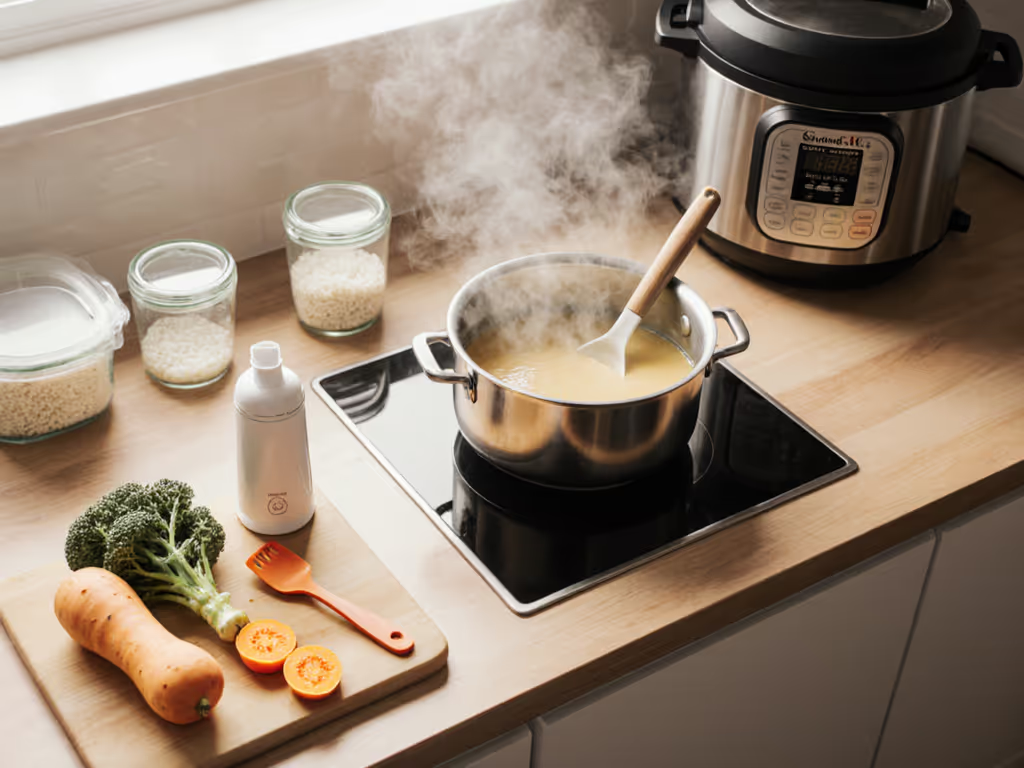
Step 3: Sync Storage with Safety Timelines
Confusion over safe storage causes 30% of kitchen waste, a luxury tiny-homes can’t afford. Follow these space-optimized rules:
| Food Type | Fridge (Max) | Freezer (Max) | Space-Saver Tip |
|---|---|---|---|
| Meat/Veg Combos | 1-2 days | 1-2 months | Freeze in single-serve pouches (not cubes!) |
| Fruit Purees | 2-3 days | 6-8 months | Store in 4oz jars under fridge shelf |
| Homemade Blends | 1-2 days | 1-2 months | Never mix batches - prevents cross-contamination |
Data source: CHOC Clinical Dietetics, FDA guidelines
Overfilling the fridge? Rotate store-bought pouches first, they last longer unopened. Homemade gets priority in the freezer.
The Transition Plan: Zero-Guilt Hybrid Feeding
Forget "all or nothing." Introducing variety in baby diet safely means:
- Week 1: Keep all store-bought pouches for outings. Make one homemade puree (e.g., apples + oats) for home lunches.
- Week 2: Swap one store-bought dinner for a hybrid meal (store-bought meat pouch + homemade veg puree).
- Week 3: Batch-cook 3 safe-seven foods (squash, lamb, eggs) using your rice cooker. Freeze in pouches.
Skip-the guilt: If you’re bone-tired, use the store-bought pouch. Research confirms no difference in heavy metal exposure between feeding styles. What matters is daily ingredient variety, not your moral scorecard.
Your Actionable Next Step
Tonight, do this 5-minute task:
- Toss all rice-based snacks (teething biscuits, puffs).
- Pick one hybrid meal (e.g., store-bought turkey + homemade sweet potato) for tomorrow’s dinner.
This isn’t about perfection, it’s price-to-performance math that protects your baby and your sanity. In my galley kitchen, I’ve learned that the best tool isn’t the fanciest one. It’s the one that quietly, reliably, replaces the rest. When you optimize for safety and space, you trade chaos for calm, one spoonful at a time.
Related Articles

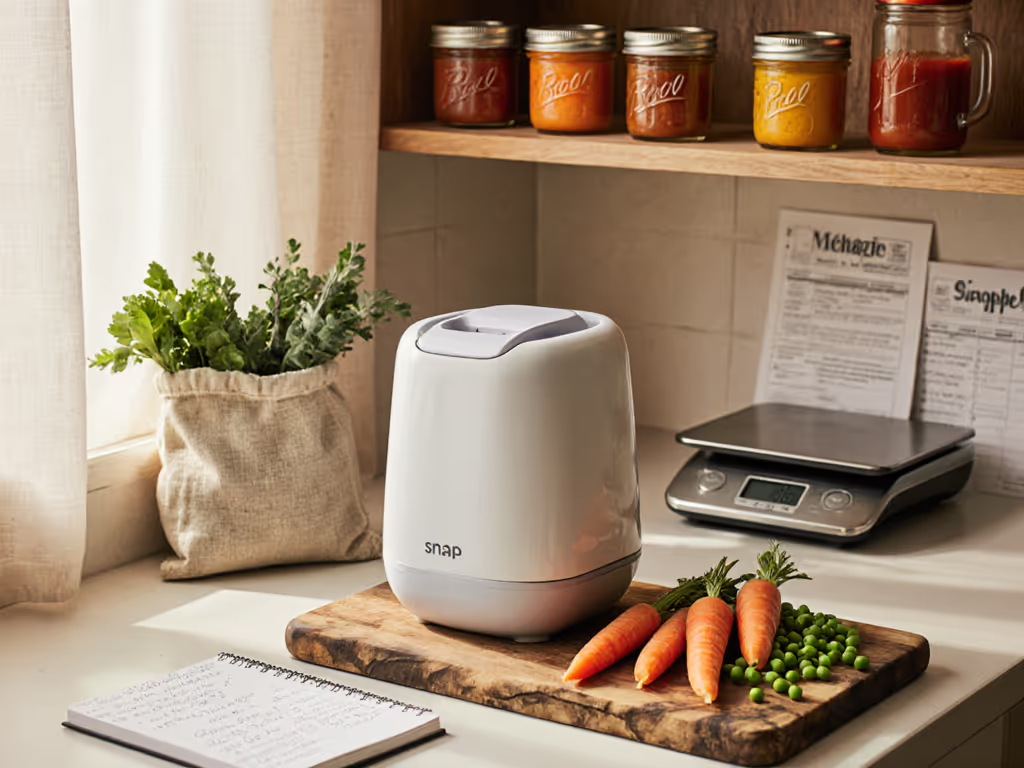
SNAP-Eligible Baby Food Makers: Budget Guide
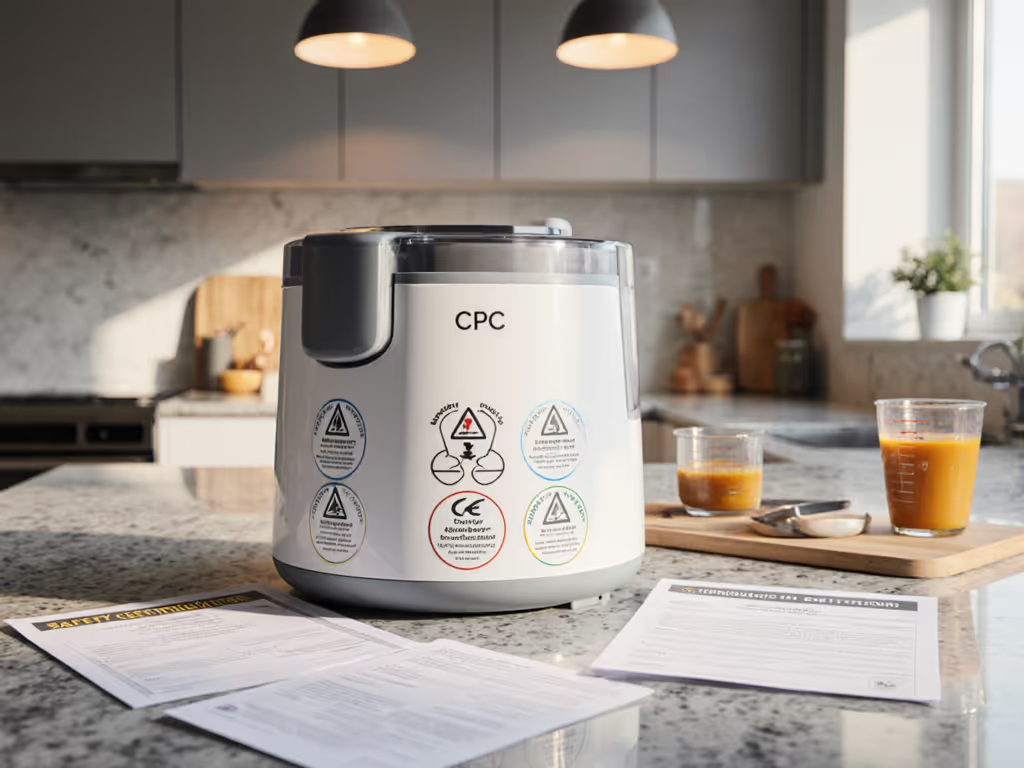
Baby Appliance Safety Marks Explained Simply
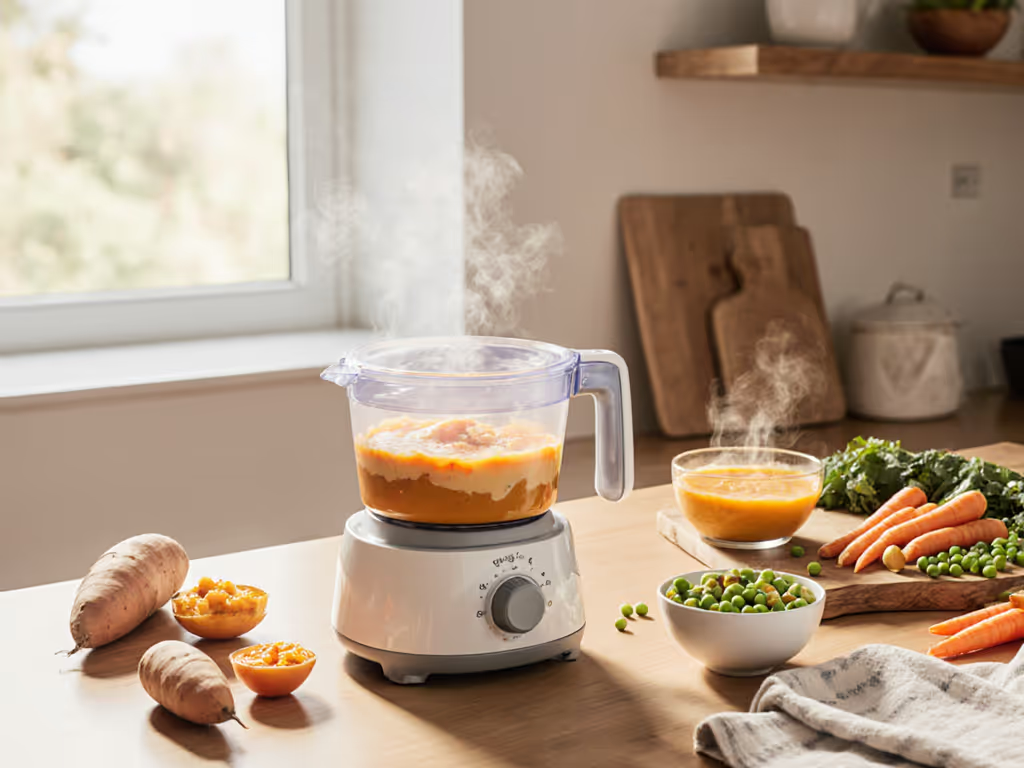
Baby Food Maker: Texture Control for Every Developmental Stage
